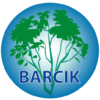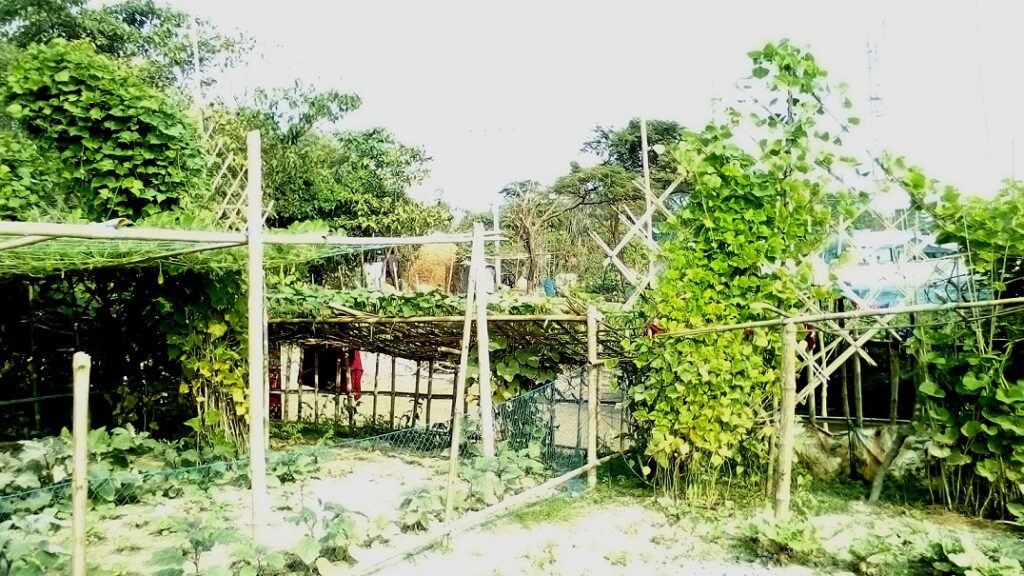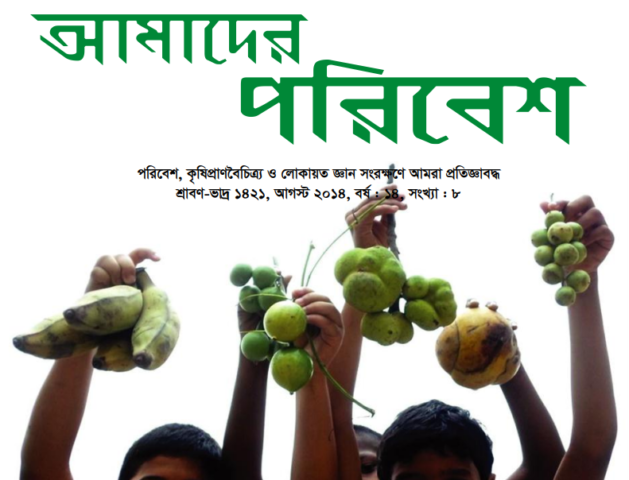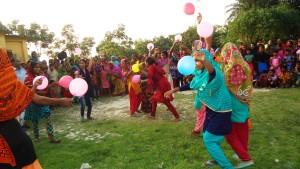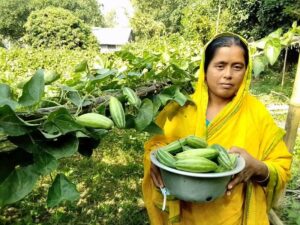Md. Ohidur Rahman, from Netrakona
People how live in hoar areas (Haor is a wetland ecosystem in the north eastern part of Bangladesh which physically is a bowl or saucer shaped shallow depression, also known as a back swamp.) face disasters in their almost day to day life due to its natural settings. However, in order to help the people who live in this depressed areas Government of Bangladesh has taken initiatives to build cluster village aiming at improving the livelihoods of the people as well as protect them and their crops from the disasters. Gobindshree is a union territory of Haor in Madan upazila of Netrokona district is a place. In 2019, the Upazila Administration of the Madan of Netrakina built a cluster village in that Gobindshree Union for poor and landless families. About 235 people from about 50 families live in that cluster village today.
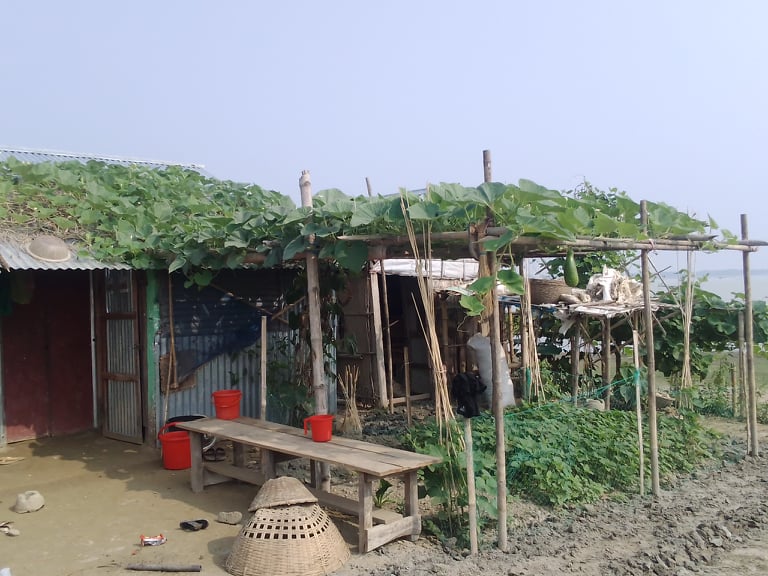
However, after the cluster village was handed over to those marginal community people BARCIK facilitated the people to plant various fruit and water tolerant tree saplings in the vicinity of the newly built village according to the advice of the upazila administration. The objective to planting water tolerant trees was to improve the environment of the village and mitigate loss and damage. With the supports from BARCIK a safety fence has been set up by planting water-tolerant trees in the post-flood period in 2020. Besides, planting trees BARCIK also encourage the communities to rear livestock and farm diverse vegetable and crops to improve their livelihoods. The organization advised the communities to farm vegetable so that they could meet their nutritional needs and adapt to climate change situation. In order to help them implementing their plans BARCIK provided them vegetable seeds and other materials along with technical supports. Thus, 50 families of the cluster villages started to cultivate vegetables on a small plot of land in their homestead.
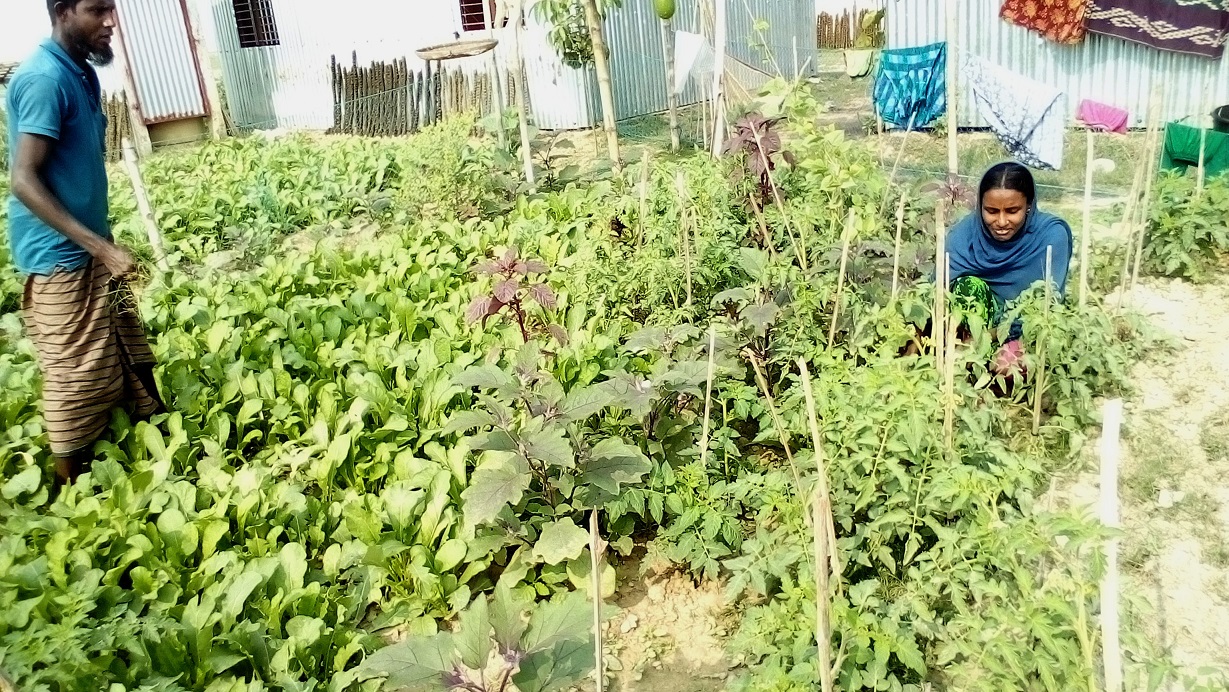
Nonetheless, recently, BARCIK staff members of Netrakona made a visit to that cluster village to observe the progress of the tree plantation and vegetable cultivation by the people of the village. It has been seen that all the houses around the village have been transformed to green shape due to the people’s initiatives to farm green vegetable and tree plants. It has been seen that paddy people are farming vegetable such as gourd, radish, bean, data, red spinach, sweet pumpkin, spinach, chukai, onion, garlic, pepper, eggplant, papaya, sugarcane in their homestead and yards using every inch of lands. Besides, every houses of 50 families are full of crops like spinaches, leafy vegetable and tree plants. The villagers stated that they are eating their own vegetables, they do not have to buy any vegetable from the market but are selling some vegetables in the market. They are collecting seeds of each vegetable in their respective houses. The women of cluster village particularly have created a green village by cultivating diverse vegetables and fruit trees. It has also been seen that Mango, blackberry, jackfruit, litchi, coconut, lemon, mango, guava, papaya, pomegranate, banana and betel trees are slowly growing in the village. According to the statement of the villagers, they have provided seeds to 36 women of the neighboring villages as well being encouraged by the success of the people at the cluster village.
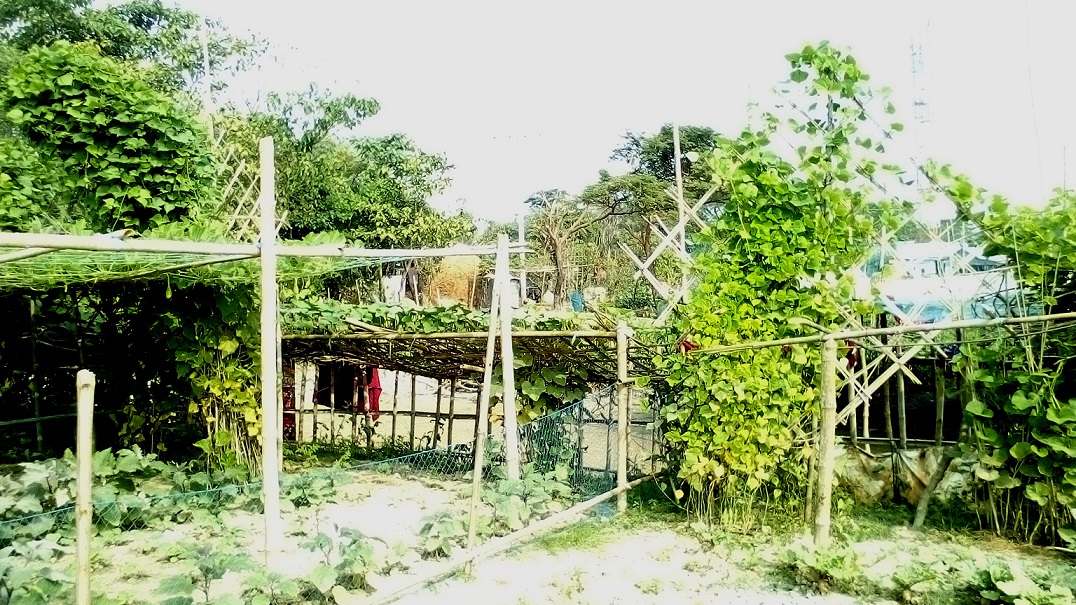
The residents of the cluster village are also found rearing livestock such as ducks, roosters, pigeons, cows and goats. They are organized and sit for meeting every week to discuss about their problems as well as opportunities. With the advice of BARCIK they are communicating with the representatives of both government and private service delivery organizations so that they could access to those services and facilities. This is how the men and women of the cluster village dream of living together with respect and equal dignity.
Translated by Silvanus Lamin
